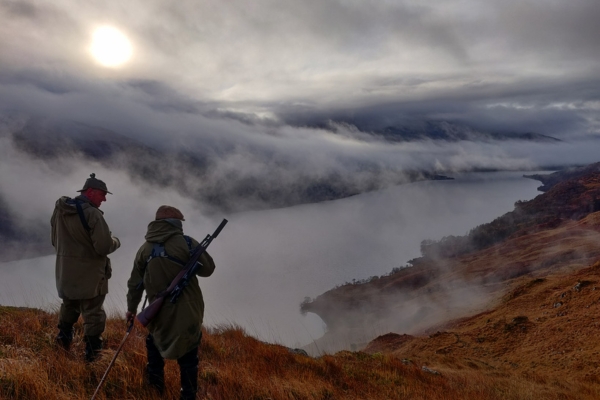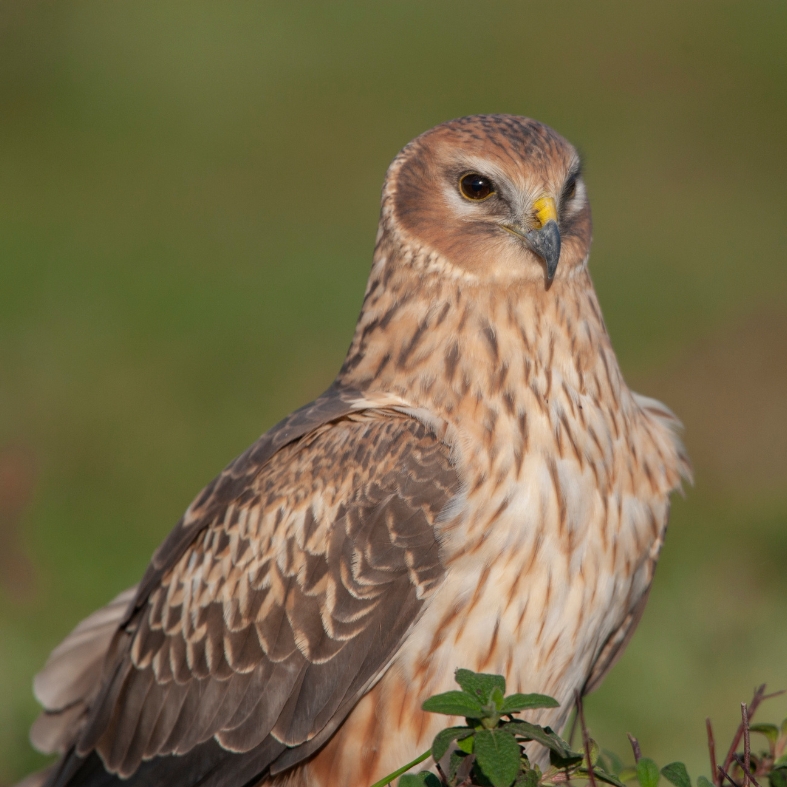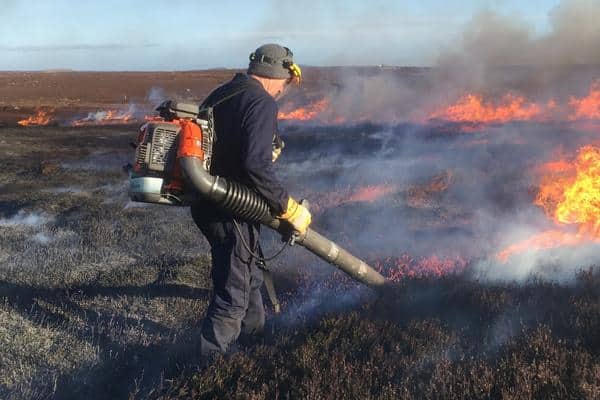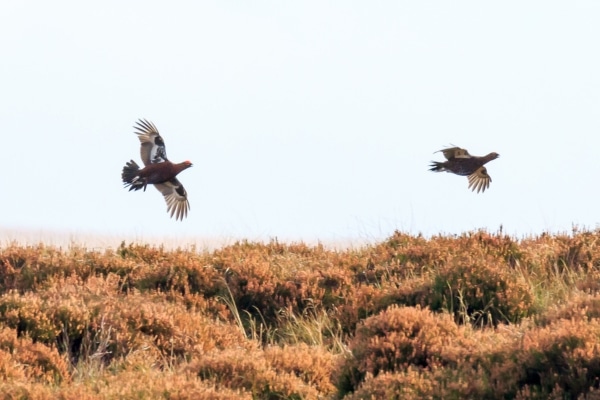
One to watch in December: The Last Keeper
“A haunting echo of the past Highland Clearances”; Mike Montgomery reviews The Last Keeper, the feature-length documentary released earlier this year.
Get information on the legal shooting season for mammals and birds in the UK.
Apply for funding for your project or make a donation today
Comprehensive information and advice from our specialist firearms team.
Everything you need to know about shotgun, rifle and airgun ammunition.
Find our up-to-date information, advice and links to government resources.
Everything you need to know on firearms law and licensing.
All the latest news and advice on general licences and how they affect you.


The conservation of hen harriers is one of the most closely watched issues in the British countryside. It is therefore deeply frustrating that, on the very same day that Natural England published encouraging figures showing an increase in fledged hen harrier chicks this year compared with last, the RSPB chose to release a statement blaming the shooting community for the disappearance of a single tagged bird.
No one disputes that the loss of ‘Sita’, a young hen harrier, is disappointing. But to use her disappearance as a springboard to cast blanket blame on shooting is not only irresponsible – it undermines the very progress that is being made.
Natural England’s hen harrier figures for 2025 highlight an uncomfortable truth for shooting’s critics. This success has not come about by accident. It is the product of partnership work, including land managers, gamekeepers, shooting organisations and conservationists, all of whom have invested time, money and effort into creating the conditions in which these birds of prey can breed successfully.
The latest Value of Shooting report underlines the scale of this contribution:
It is ironic that the very people often vilified by the RSPB are the same people who ensure there is suitable habitat for hen harriers to breed in the first place.
Crucially, the RSPB pays lip service to a critical fact: North Yorkshire Police and the National Wildlife Crime Unit have already investigated Sita’s disappearance for over six months and had no evidence to satisfy further action. Neither the bird nor the tag was recovered, and the police stated that there were no further lines of enquiry.
For the RSPB to point the finger at the shooting community in spite of this exhaustive investigation is at best disingenuous, at worst damaging to the trust required for genuine conservation partnerships.
When satellite-tagged birds go missing, suspicion naturally arises. BASC is clear that there should be no hiding place for those who commit wildlife crime; we are joint signatories to a robust joint zero-tolerance statement on the illegal killing of birds of prey.
We have always strongly condemned such activity; it has no place in our community and those convicted should face the full force of the law. We make it unequivocally clear that any member convicted of wildlife crime will be expelled. But absence of evidence is not evidence of guilt. To suggest – without proof – that a disappearance must equate to illegal shooting is not science, but speculation.
The factors that influence hen harrier numbers are numerous, not least of which is the variability of the British weather, particularly during the breeding season. The news that hen harrier numbers have improved this year should be celebrated, not buried beneath yet another divisive RSPB press release.
No good deed goes unpunished, or so it seems. At the very moment when Natural England releases positive news about hen harriers, the RSPB’s statement risks discouraging those whose daily efforts help sustain the uplands.
If conservation is truly about birds rather than headlines, then we should all be applauding the positive trajectory of hen harrier numbers this year, not undermining it with finger-pointing.


“A haunting echo of the past Highland Clearances”; Mike Montgomery reviews The Last Keeper, the feature-length documentary released earlier this year.

The extension of a ban on controlled burning on deep peat in England’s uplands has been labelled contradictory and ill-conceived by BASC.

A second day of MSP voting on the Wildlife Management and Muirburn (Scotland) Bill has seen a vital BASC amendment accepted.